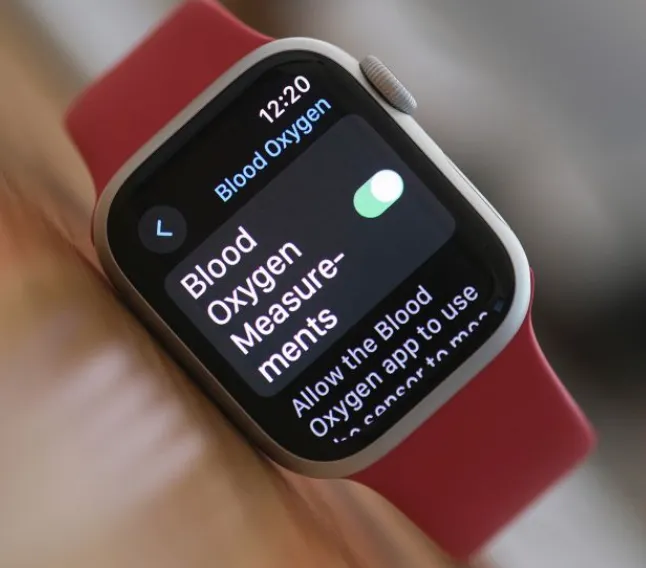Apple has officially reinstated the Blood Oxygen app to its Apple Watch lineup in the United States, more than a year after it was unexpectedly removed. The feature, which monitors oxygen saturation in real time, became available again on August 14, 2025, bringing relief to users who had grown accustomed to relying on it for daily health tracking.
The removal of the app in January 2024 was the result of a high-profile legal battle. At the center of the dispute was pulse oximetry technology, with medical device company Masimo accusing Apple of patent infringement. The U.S. International Trade Commission (ITC) ruled in Masimo’s favor, forcing Apple to temporarily disable the feature on new devices sold in the U.S. For months, Apple Watch users had to go without one of the device’s most practical health tools, while Apple worked behind the scenes to negotiate a resolution.
That resolution has finally arrived. Although the terms of the settlement remain private, Apple now has clearance to restore the Blood Oxygen app, a move that demonstrates the company’s determination to keep its health-tracking ecosystem intact. For Apple, it’s more than just reinstating a single feature—it’s about reinforcing the credibility of the Apple Watch as a comprehensive health and wellness companion.
For users, the return of the app is particularly significant. Oxygen saturation levels can reflect important aspects of overall wellness, including cardiovascular efficiency and respiratory health. For athletes, the feature provides valuable insight into performance and recovery, while for individuals with conditions such as asthma or sleep-related breathing issues, it serves as an early warning tool that supports better self-management. The absence of this capability had created a noticeable gap in the watch’s functionality, one that Apple has now decisively filled.
The broader market impact is also worth noting. During the time the feature was unavailable, competitors like Samsung and Fitbit continued to advertise blood oxygen monitoring as a core function of their devices. That briefly placed Apple at a disadvantage, creating an unusual moment where the company—normally seen as an industry leader—fell behind. Analysts now predict that the reinstatement of the app will not only restore consumer confidence but also strengthen Apple’s ability to attract health-conscious buyers who see the watch as a trusted health partner.
Looking ahead, questions remain about whether Apple will alter its hardware design to avoid similar legal entanglements in the future. While the company has not offered any specifics, its consistent focus on health innovation makes it likely that future Apple Watch models will push even further into medical-grade monitoring. Whether through improved sensors, enhanced algorithms, or partnerships with healthcare organizations, Apple’s long-term vision clearly revolves around making its wearable devices indispensable tools for wellbeing.
The return of the Blood Oxygen app is more than just the revival of a single feature—it’s a reminder of Apple’s commitment to delivering meaningful health technology. By resolving this dispute and restoring a function that users value so highly, Apple has signaled that the Apple Watch will continue to evolve as one of the most advanced and trusted wearables in the market.
